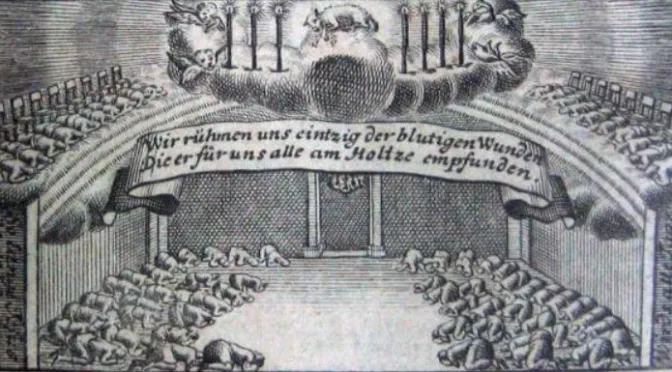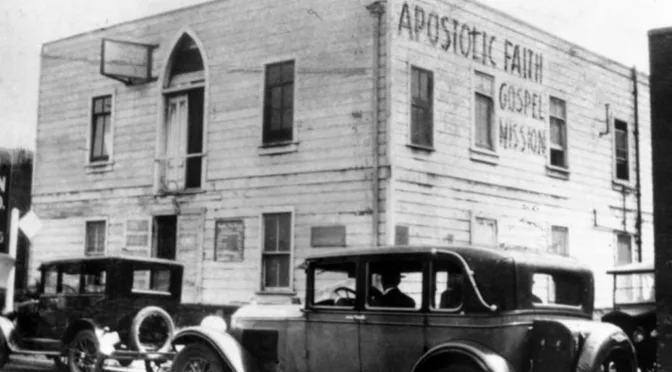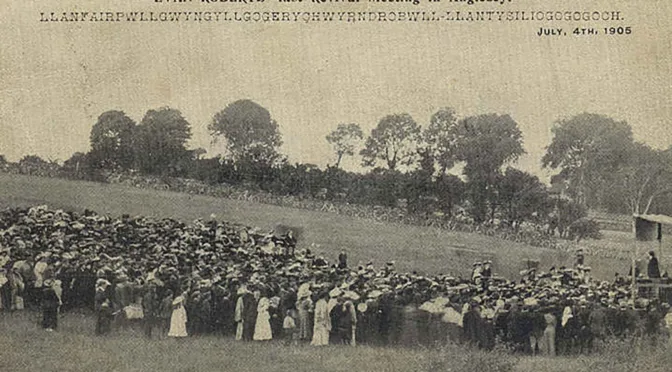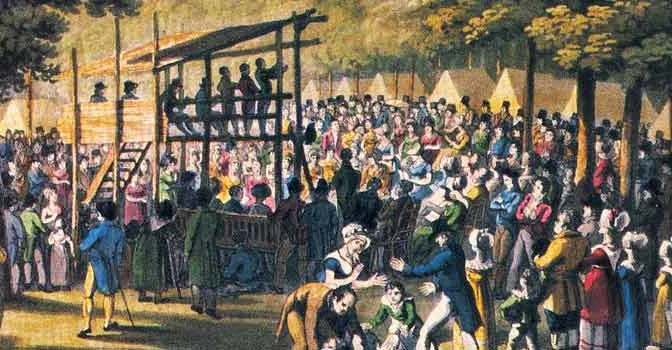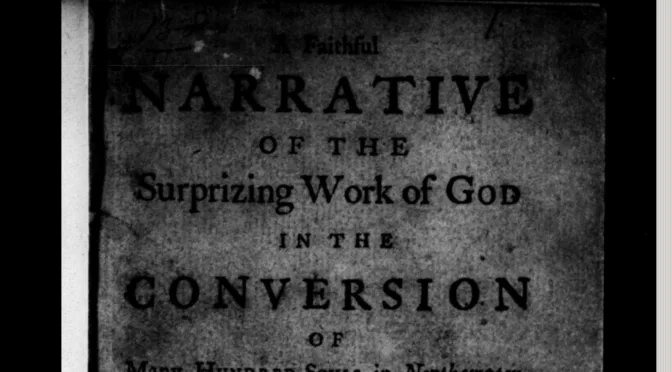The Moravian Revival of 1727 is one of the most profound spiritual movements in Christian history. Born out of a small, divided community in Herrnhut, Germany, the revival ignited a prayer meeting that lasted over 100 years and birthed a global missions movement. What began with a handful of believers earnestly seeking God became a demonstration of His power to unify, revive, and send His people into the world.
At the heart of this revival was prayer, unity, and an unwavering commitment to spreading the Gospel. It serves as a timeless reminder that when God’s people humble themselves and seek His face, He moves in extraordinary ways.
The Seeds of Revival: A Divided Community
In 1722, Count Nicolaus Ludwig von Zinzendorf, a wealthy German nobleman, offered his estate in Herrnhut as a refuge for persecuted Christians from across Europe. These refugees came from different denominations, including Lutherans, Anabaptists, and Hussites, each bringing their own theological emphases. While united in their faith in Christ, their differences quickly led to tensions and divisions within the community.
Zinzendorf, deeply grieved by the disunity, began visiting homes, praying with individuals, and teaching on the importance of Christian unity. He reminded the community of Jesus’ prayer in John 17:21: “That they all may be one; just as You, Father, are in Me and I in You, that they also may be one in Us” (AMP). Slowly, hearts softened, and the community began to repent of their pride and divisions.
On May 12, 1727, the community signed a covenant committing themselves to love one another, seek God, and live in unity. This act of reconciliation and humility set the stage for revival.
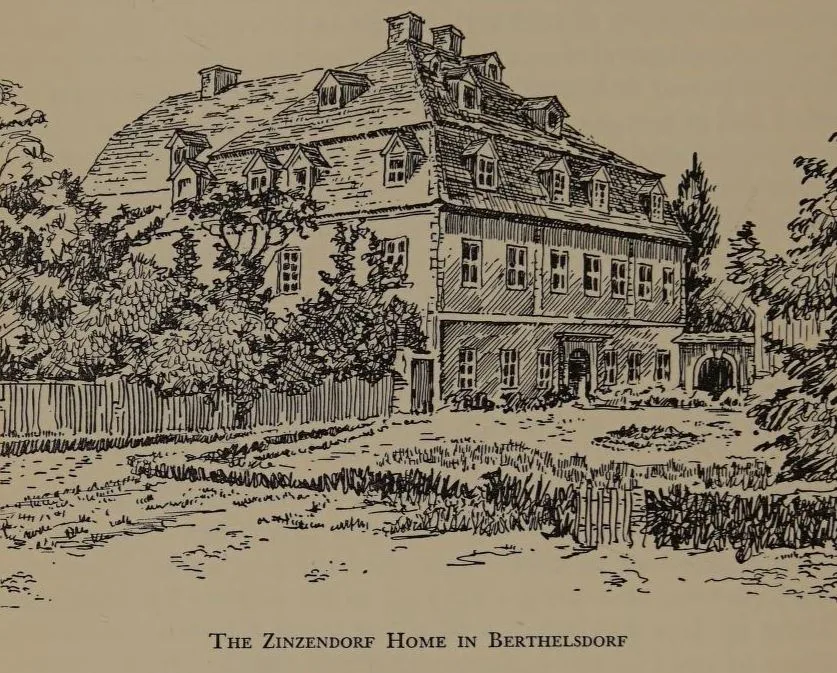
The Outpouring of the Holy Spirit
On August 13, 1727, during a communion service at the local church in Herrnhut, the Holy Spirit descended powerfully upon the congregation. Witnesses described the event as an overwhelming sense of God’s presence, leading to deep conviction of sin, fervent prayer, and an outpouring of love for one another. Zinzendorf later referred to it as their own “Pentecost.”
This spiritual awakening transformed the community. They began gathering for prayer, worship, and Bible study with a renewed hunger for God. Their unity and devotion mirrored the early church described in Acts 2:42: “They were continually and faithfully devoting themselves to the instruction of the apostles, and to fellowship, to eating meals together and to prayers” (AMP).
A 100-Year Prayer Meeting
One of the most remarkable outcomes of the Moravian Revival was the establishment of a round-the-clock prayer chain. Believers divided into small groups, ensuring that someone was always praying, day and night. This prayer meeting, which began in 1727, continued unbroken for over 100 years.
The commitment to prayer was rooted in 1 Thessalonians 5:17: “Be unceasing and persistent in prayer” (AMP). For the Moravians, prayer was not just a duty but a way of life, fueling their relationship with God and their passion for the lost.
The Birth of Modern Missions
The Moravian Revival ignited a missionary zeal unlike anything seen before. In 1732, just five years after the revival began, the first Moravian missionaries were sent out to the Caribbean to preach the Gospel to enslaved people. Over the next several decades, the Moravians sent missionaries to Africa, Asia, and the Americas, often at great personal cost.
Their commitment to missions was grounded in Matthew 28:19: “Go therefore and make disciples of all the nations [help the people to learn of Me, believe in Me, and obey My words], baptizing them in the name of the Father and of the Son and of the Holy Spirit”(AMP). Many missionaries faced extreme hardship, and some even sold themselves into slavery to reach the unreached. Their sacrificial love became a testimony to the power of the Gospel.
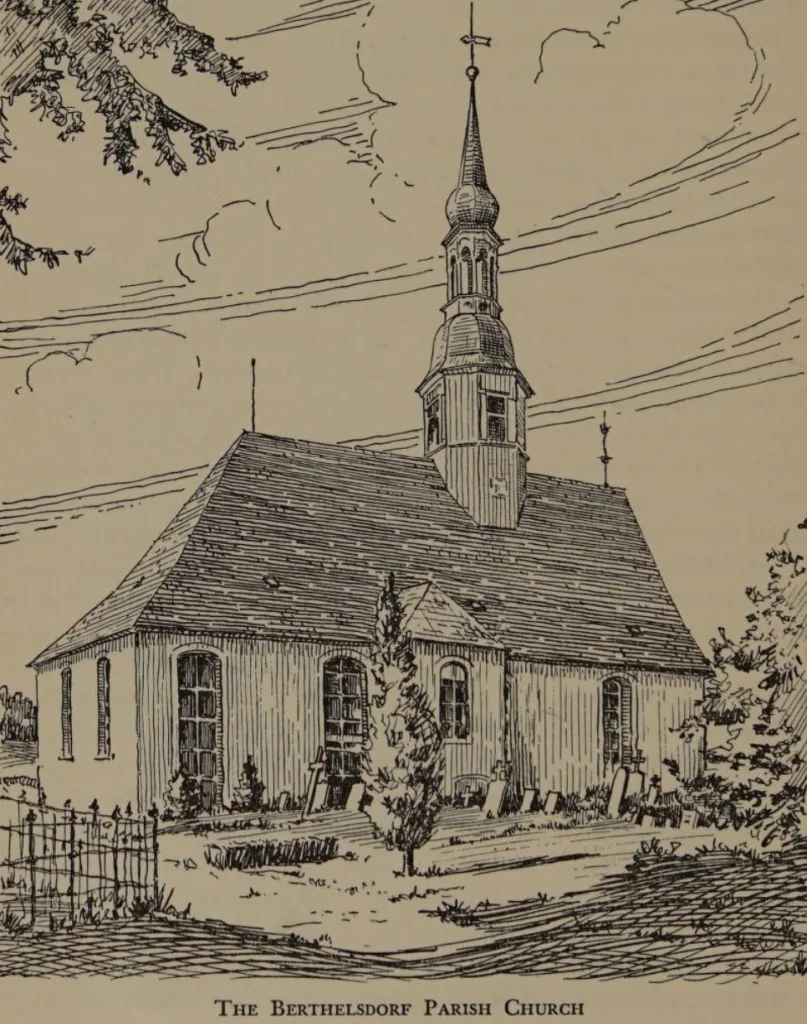
Distinct Marks of the Revival
Several key characteristics defined the Moravian Revival:
1. Unity Through Reconciliation
The revival began with a commitment to unity and love, reflecting the biblical call to “Be diligent to preserve the unity of the Spirit in the bond of peace” (Ephesians 4:3, AMP).
2. Persistent Prayer
The 100-year prayer meeting demonstrated the power of consistent, intercessory prayer in sustaining revival and advancing God’s kingdom.
3. Missionary Zeal
The Moravians embodied a willingness to go to the ends of the earth, trusting in God’s provision and guidance.
4. Focus on the Cross
The Moravians often sang and preached about the cross of Christ, emphasizing His sacrificial love as the foundation for their faith and mission.
5. Humility and Obedience
The community’s willingness to submit to God’s leading and put others above themselves created fertile ground for revival.
The Legacy of the Moravian Revival
The impact of the Moravian Revival was far-reaching. It influenced major figures like John Wesley, who encountered Moravian missionaries during a stormy voyage to America. Wesley was struck by their peace, faith, and commitment to prayer, which later inspired his leadership in the Methodist movement.
The Moravian missionaries also contributed significantly to the spread of Christianity across the globe. By the end of the 18th century, Moravian missionaries had reached more than 28 countries, planting seeds of faith that continue to bear fruit.
Lessons from Herrnhut
The Moravian Revival offers timeless insights for believers today:
1. Unity Precedes Revival
Reconciliation and humility are essential for God’s Spirit to move. Revival begins when God’s people commit to loving one another and living in unity.
2. Prayer Sustains Revival
Persistent, fervent prayer is the backbone of every spiritual awakening. Like the Moravians, we are called to pray without ceasing, trusting God to work in His timing.
3. Revival Fuels Missions
True revival doesn’t stay confined to one place—it compels believers to share the Gospel with the world. Revival should lead to action, whether in our local communities or across the globe.
4. Dependence on the Holy Spirit
The Moravians demonstrated a radical reliance on the Holy Spirit, trusting Him to guide their prayers, unify their community, and direct their mission.
A Call for Revival Today
The Moravian Revival reminds us that God can take a small, divided group of believers and use them to change the world. It began with repentance, unity, and prayer—principles that remain essential for revival in our time. May we, like the Moravians, humble ourselves, seek God, and commit to being instruments of His grace and power.
Prayer for Revival
Lord, we thank You for the testimony of the Moravian Revival and the way You moved through humble believers to transform lives and nations. Teach us to live in unity, pray persistently, and surrender to Your Spirit. Ignite a revival in our hearts, homes, and churches, and send us into the world as Your witnesses. In Jesus’ name, Amen.

